What if Indigenous science were part of the science curriculum?
For centuries, Native Americans have relied on their knowledge about the environment to survive. This knowledge has been passed down from generation to generation and modern-day science is finally starting to realise how valuable it can be. However, science is not a popular choice among Native American students. To attract these students to STEM-related courses, Dr Darren Ranco, from the University of Maine, USA, has developed a new curriculum which blends concepts from both Indigenous knowledge and western science
TALK LIKE AN ANTHROPOLOGIST
INDIGENOUS PEOPLES – also referred to as Tribal Nations, First Peoples or Native Peoples, these terms describe peoples who are native to a particular place. Typically, the plural ‘peoples’ is used to refer to different groups and tribes, each with their own religion, culture or language
COMMUNITY ELDERS – this is the go-to person within indigenous communities. Elders are respected and consulted due to their experience and knowledge. They can be described as the ‘custodians of knowledge’ or the ‘libraries’ of a community
TRADITIONAL ECOLOGICAL KNOWLEDGE (TEK) – this refers to all knowledge gathered over generations of Indigenous peoples. This knowledge is passed down from one generation to the next through stories and cultural expressions such as arts, crafts and the preparation of traditional foods, for example
KNOWLEDGE KEEPERS – keepers of Indigenous knowledge that has been passed down from generation to generation. Their duty is to preserve this knowledge for their communities and the next generation
ANTHROPOLOGY – the study of human beings and their ancestors, including origin, behaviour and physical, social and cultural development
WESTERN SCIENCE – in this context, Western science refers to knowledge obtained through the application of the scientific method. It starts with an observation, followed by a hypothesis that is tested with experiments
Aspirin is a common painkiller, widely used to reduce aches and pains such as headaches and toothaches, treat colds and flu-like symptoms and bring down a fever. It was first introduced in the West in the late 1800s to early 1900s, at about the same time as medicine cabinets and the concept of keeping medicine at home, but its active ingredient – salicylic acid – was discovered thousands of years earlier in the form of willow bark. Native Americans are known to have chewed the bark or boiled leaves from the willow tree to treat pain and fever.
This is just one example of the many scientific innovations born from ancient knowledge and discoveries made by Indigenous peoples. And yet, despite the recognised value of Indigenous knowledge, there are very few Indigenous scientists and Native American students often shy away from STEM-related courses at the undergraduate and postgraduate level.
Dr Darren Ranco is an anthropologist based at the University of Maine. He is also a citizen of the Penobscot Nation, a sovereign people in the Wabanaki Confederacy of Tribes. The Penobscot Nation is indigenous to what is now Maritime Canada and the northeastern United States, particularly Maine. Darren is investigating ways to attract more Indigenous students into STEM – a sector that would benefit hugely from the input of Indigenous knowledge.
UNESCO describes Indigenous knowledge, also known as Traditional Ecological Knowledge (TEK), as, “the understandings, skills and philosophies developed by societies with long histories of interaction with their natural surroundings”. This includes knowledge of plants, animals and natural events, as well as techniques for hunting, fishing or farming. These understandings, skills and philosophies have been passed down over many generations to ensure survival. Given the pressing environmental and societal challenges we all face, blending TEK with Western science seems all the more vital – and encouraging Indigenous students to study STEM subjects is one way to facilitate this.
THE WAY FORWARD
Interestingly, to attract Native American students to STEM-related courses, Darren advocates a blend of Western science and Indigenous knowledge. Currently, Indigenous students face an academic structure that is heavily based on the Western school system, which is in direct conflict with the social rules and practices of Indigenous communities.
To tackle this issue, Darren and his team created the Wabanaki Youth in Science (WaYS) Program. Set up in 2013, its initial aim was to promote STEM fields and Native American environmental stewardship to middle and high school students. The students go on summer camps, or miniature camps throughout the year, where they are offered various hands-on learning activities, such as hiking, foraging, fire building, ice fishing, archaeology, shelter-building, leadership training and other educational ventures.
Now, WaYS has been extended to support Native American students at the University of Maine. The idea here is to combine Indigenous science and Western science as part of the same undergraduate course. For example, students learn how to identify a plant (Western science), as well as the parts of the plant that are used for medicinal purposes (Indigenous knowledge). In this way, Indigenous students are exposed to their cultural and environmental heritage within the context of modern-day science.
Darren and his team have developed four courses: forest vegetation, forest landscape management and planning, hydrology and Indigenous science. The courses have only run for two years but, so far, the feedback has been very positive. “We can’t escape Western science and don’t want to,” explains a student who attended one of the courses. “I think that it is really beneficial to understand how [Western science] goes hand in hand with TEK and how the Natives were practising science.”
PASSING KNOWLEDGE ON, THE INDIGENOUS WAY
Darren believes another way to encourage Indigenous students into STEM is to work with Community Elders and Knowledge Keepers from Native American tribes. These experts are ideally placed to become mentors and role models for Indigenous students thinking about a career in science. As such, Community Elders and Knowledge Keepers helped design the curriculum and are co-teaching the courses.
When Indigenous students experience Indigenous teachers, who teach a curriculum framed around Indigenous knowledge and customs, they are more likely to connect with Western science and understand its relevance to them. Similarly, Indigenous mentors and role models can guide students in their life decisions, as well as provide inspiration and support.
Indeed, Darren recently received funding by the US Department of Agriculture to create a new mentorship programme called WaYS Ambassadors. This programme involves Native American graduate and undergraduate students helping their peers with research projects and professional development activities at the University of Maine.
BENEFITS FOR ALL STUDENTS
Excitingly, Darren and his team are finding that the benefits of the WaYS project extend well beyond Native American students. Many students have minimal understanding of Indigenous peoples’ culture, history and knowledge. Presentations given by Native American speakers are fascinating and truly eye-opening, offering a more holistic understanding of science. Not only that, but Indigenous experiences are likely to resonate with students from other backgrounds and traditions, many of whom are underrepresented in STEM.
Darren believes that the WaYS programme is a starting point for driving changes within all academic institutions, not just at the University of Maine. “The positive results from this project and research provides the initial mechanism to start turning around the dominant pedagogy in post-secondary education. The two-year study was just the beginning, but it was a strong start to initiate change,” he says.
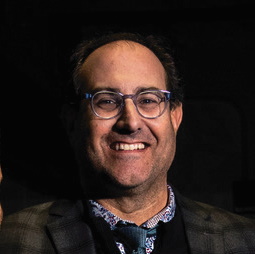 Dr Darren Ranco
Dr Darren Ranco
Associate Professor of Anthropology
Chair of Native American Programs
Coordinator of Native American Research,
Department of Anthropology, University of Maine, USA
FIELD OF RESEARCH: Anthropology and Native American Studies
RESEARCH PROJECT: The Wabanaki Youth in Science (WaYS) Program aims to inspire Indigenous students to follow a STEM-related course.
FUNDERS: National Science Foundation, US Department of Agriculture
Reference
https://doi.org/10.33424/FUTURUM135
For Indigenous peoples, the ash tree has to have certain qualities to make it suitable for making baskets. In Western science, this basket-quality knowledge is relevant to forestry science, which considers how some factors – like soil type and climate – can influence tree growth.
© Jennifer Neptune
Darren with a traditional Penobscot canoe paddle. ©Jennifer Booher
Darren presents in front of Native students at the Penobscot Nation.
© Penobscot Nation Department of Natural Resources
Darren, Wabanaki basketmakers and harvesters investigate the impacts of the Emerald Ash Borer on ash trees in Michigan — the same trees used in making baskets by Penobscot and other Wabanaki Tribes.
© Jennifer Neptune
Darren and a team of Native basketmakers and harvesters meet with US Department of Agriculture scientists to understand the impacts of the Emerald Ash Borer.
© Jennifer Neptune
The emergence of the Emerald Ash Borer from a tree in Michigan.
© Jennifer Neptune
One way to highlight Indigenous science is through the use of Indigenous language. Here is an example at the University of Maine.
TALK LIKE AN ANTHROPOLOGIST
INDIGENOUS PEOPLES – also referred to as Tribal Nations, First Peoples or Native Peoples, these terms describe peoples who are native to a particular place. Typically, the plural ‘peoples’ is used to refer to different groups and tribes, each with their own religion, culture or language
COMMUNITY ELDERS – this is the go-to person within indigenous communities. Elders are respected and consulted due to their experience and knowledge. They can be described as the ‘custodians of knowledge’ or the ‘libraries’ of a community
TRADITIONAL ECOLOGICAL KNOWLEDGE (TEK) – this refers to all knowledge gathered over generations of Indigenous peoples. This knowledge is passed down from one generation to the next through stories and cultural expressions such as arts, crafts and the preparation of traditional foods, for example
KNOWLEDGE KEEPERS – keepers of Indigenous knowledge that has been passed down from generation to generation. Their duty is to preserve this knowledge for their communities and the next generation
ANTHROPOLOGY – the study of human beings and their ancestors, including origin, behaviour and physical, social and cultural development
WESTERN SCIENCE – in this context, Western science refers to knowledge obtained through the application of the scientific method. It starts with an observation, followed by a hypothesis that is tested with experiments
Aspirin is a common painkiller, widely used to reduce aches and pains such as headaches and toothaches, treat colds and flu-like symptoms and bring down a fever. It was first introduced in the West in the late 1800s to early 1900s, at about the same time as medicine cabinets and the concept of keeping medicine at home, but its active ingredient – salicylic acid – was discovered thousands of years earlier in the form of willow bark. Native Americans are known to have chewed the bark or boiled leaves from the willow tree to treat pain and fever.
This is just one example of the many scientific innovations born from ancient knowledge and discoveries made by Indigenous peoples. And yet, despite the recognised value of Indigenous knowledge, there are very few Indigenous scientists and Native American students often shy away from STEM-related courses at the undergraduate and postgraduate level.
Dr Darren Ranco is an anthropologist based at the University of Maine. He is also a citizen of the Penobscot Nation, a sovereign people in the Wabanaki Confederacy of Tribes. The Penobscot Nation is indigenous to what is now Maritime Canada and the northeastern United States, particularly Maine. Darren is investigating ways to attract more Indigenous students into STEM – a sector that would benefit hugely from the input of Indigenous knowledge.
UNESCO describes Indigenous knowledge, also known as Traditional Ecological Knowledge (TEK), as, “the understandings, skills and philosophies developed by societies with long histories of interaction with their natural surroundings”. This includes knowledge of plants, animals and natural events, as well as techniques for hunting, fishing or farming. These understandings, skills and philosophies have been passed down over many generations to ensure survival. Given the pressing environmental and societal challenges we all face, blending TEK with Western science seems all the more vital – and encouraging Indigenous students to study STEM subjects is one way to facilitate this.
THE WAY FORWARD
Interestingly, to attract Native American students to STEM-related courses, Darren advocates a blend of Western science and Indigenous knowledge. Currently, Indigenous students face an academic structure that is heavily based on the Western school system, which is in direct conflict with the social rules and practices of Indigenous communities.
To tackle this issue, Darren and his team created the Wabanaki Youth in Science (WaYS) Program. Set up in 2013, its initial aim was to promote STEM fields and Native American environmental stewardship to middle and high school students. The students go on summer camps, or miniature camps throughout the year, where they are offered various hands-on learning activities, such as hiking, foraging, fire building, ice fishing, archaeology, shelter-building, leadership training and other educational ventures.
Now, WaYS has been extended to support Native American students at the University of Maine. The idea here is to combine Indigenous science and Western science as part of the same undergraduate course. For example, students learn how to identify a plant (Western science), as well as the parts of the plant that are used for medicinal purposes (Indigenous knowledge). In this way, Indigenous students are exposed to their cultural and environmental heritage within the context of modern-day science.
Darren and his team have developed four courses: forest vegetation, forest landscape management and planning, hydrology and Indigenous science. The courses have only run for two years but, so far, the feedback has been very positive. “We can’t escape Western science and don’t want to,” explains a student who attended one of the courses. “I think that it is really beneficial to understand how [Western science] goes hand in hand with TEK and how the Natives were practising science.”
PASSING KNOWLEDGE ON, THE INDIGENOUS WAY
Darren believes another way to encourage Indigenous students into STEM is to work with Community Elders and Knowledge Keepers from Native American tribes. These experts are ideally placed to become mentors and role models for Indigenous students thinking about a career in science. As such, Community Elders and Knowledge Keepers helped design the curriculum and are co-teaching the courses.
When Indigenous students experience Indigenous teachers, who teach a curriculum framed around Indigenous knowledge and customs, they are more likely to connect with Western science and understand its relevance to them. Similarly, Indigenous mentors and role models can guide students in their life decisions, as well as provide inspiration and support.
Indeed, Darren recently received funding by the US Department of Agriculture to create a new mentorship programme called WaYS Ambassadors. This programme involves Native American graduate and undergraduate students helping their peers with research projects and professional development activities at the University of Maine.
BENEFITS FOR ALL STUDENTS
Excitingly, Darren and his team are finding that the benefits of the WaYS project extend well beyond Native American students. Many students have minimal understanding of Indigenous peoples’ culture, history and knowledge. Presentations given by Native American speakers are fascinating and truly eye-opening, offering a more holistic understanding of science. Not only that, but Indigenous experiences are likely to resonate with students from other backgrounds and traditions, many of whom are underrepresented in STEM.
Darren believes that the WaYS programme is a starting point for driving changes within all academic institutions, not just at the University of Maine. “The positive results from this project and research provides the initial mechanism to start turning around the dominant pedagogy in post-secondary education. The two-year study was just the beginning, but it was a strong start to initiate change,” he says.
 Dr Darren Ranco
Dr Darren Ranco Associate Professor of Anthropology
Chair of Native American Programs
Coordinator of Native American Research,
Department of Anthropology, University of Maine, USA
FIELD OF RESEARCH: Anthropology and Native American Studies
RESEARCH PROJECT: The Wabanaki Youth in Science (WaYS) Program aims to inspire Indigenous students to follow a STEM-related course.
FUNDERS: National Science Foundation, US Department of Agriculture
MORE ABOUT INDIGENOUS KNOWLEDGE
Indigenous knowledge is the accepted term to explain a set of social, physical and spiritual understandings of Indigenous peoples. Also known as Traditional Ecological Knowledge (TEK), Indigenous knowledge combines observations about the local environment with sustainable use of natural resources. Canadian environmentalist Dr Deborah McGregor defines it as, “a system of classification, a set of empirical observations about the local environment, and a system of self-management that governs resource use”.
INDIGENOUS SCIENCE
Indigenous science is the science developed by Indigenous peoples outside accepted scientific research. You can think about it as the process by which Indigenous peoples acquired knowledge of the natural world around them. Some Indigenous peoples are attempting to incorporate scientific knowledge into their practices. Likewise, Western scientists are beginning to take on board aspects of Indigenous knowledge.
BLENDING INDIGENOUS KNOWLEDGE WITH WESTERN SCIENCE
While Western science looks at the world through a detailed and narrow lens, Indigenous knowledge takes a more holistic approach. The willow tree and aspirin are a good example. Not only did Indigenous peoples use the willow tree for its medicinal properties over 5,000 years ago, they also used it to make fishing nets, baskets and fish traps, and much more. Later, in 1828, French pharmacist Henri Leroux isolated salicylic acid from the willow bark to its crystalline form, paving the way for the painkiller that is used in modern medicine today.
“Often, indigenous science traditions include things that are not considered in Western science like the responsibilities and systems of self-management mentioned in Deb McGregor’s definition,” says Darren. “Among these are what Dr Gregory Cajete, a Native American educator, calls the four aspects of being: mind, body, emotion and spirit. Western science only values the mind and sometimes the body, whereas Indigenous science sees all four as elements of knowledge.”
MAKING BASKETS
Another good example is Darren’s basket-making lesson. He asks his undergraduate students to look for ash trees suitable for making baskets. This activity involves using a combination of Indigenous navigation skills and modern-day location technology.
The lesson also introduces the concept of ‘basket-quality’. For Indigenous peoples, the ash tree has to have certain qualities to make it suitable for making baskets. In Western science, this basket-quality knowledge is relevant to forestry science, which considers how some factors – like soil type and climate – can influence tree growth. “Each tradition (Western and TEK) speaks of location and tree development in different, but interrelated ways,” Darren explains.
PLAYING CATCH-UP
In 2018, researchers in Australia discovered that falcons and kites intentionally carry burning sticks to spread fire. The birds do this to force their prey to run from the fire, making the prey easier to catch. While new to Western science, this behaviour was long known to the Indigenous peoples of northern Australia, who also make use of it in their ceremonial practices.
HOW DID DARREN BECOME AN ANTHROPOLOGIST?
YOU STUDIED ANTHROPOLOGY AT DARTMOUTH COLLEGE AND HARVARD UNIVERSITY. WHAT SPARKED YOUR INTEREST IN ANTHROPOLOGY?
Very much the question of what it means to be a Penobscot Nation citizen in the (then) 20th century. The questions around identity have always been critical to me. As a Penobscot growing up outside the reservation – which for me was only a few miles away – I felt disconnected in many ways. I think the distance can lead to the kinds of questions that anthropology allows on some level.
WHAT SKILLS OR PERSONAL ATTRIBUTES DO YOU HAVE THAT MAKE YOU A GOOD ANTHROPOLOGIST?
I would say listening is important. My parents taught me to value all people, listen to what
they had to share and learn from them. This also involves asking questions from different points of view. Anthropologists still sometimes struggle with asking people they are working with what they would like to know about x, y, or z.
CAN YOU GIVE EXAMPLES OF OTHER ANTHROPOLOGICAL PROJECTS YOU HAVE WORKED ON?
My PhD dissertation project looked at how environmental risks associated with pollution were understood differently between the US Environmental Protection Agency and the Penobscot Nation.
I have also worked on projects related to how Wabanaki basketmakers can react to an invasive species [like the Emerald Ash Borer – see image on the right] and how their perspectives can centre the response to pests. This was the first project I got involved with when I came back home to Maine in 2009. It showed how impactful research partnerships can be. We were able to establish, and re-establish, partnerships that are impacting the response to the invasive pest to this very day.
HOW TO BECOME AN ANTHROPOLOGIST
• Anthropology is such a broad subject that there are no strict career paths. You can pursue a career in civil service, conservation or heritage management, to name just a few. Working for charities, museums or teaching are also possible options.
• If you want to find out more, the AnthroGuide, published every year by the American Anthropological Association, is a good place to start. It includes hundreds of academic programmes, as well as information about museums, research organisations and government agencies`: https://guide.americananthro.org/
• According to the US Bureau of Labour Statistics, an experienced anthropologist earns, on average, $63,670 per year. Employment for anthropologists is projected to grow 5% from 2019 to 2029, which is faster than average.
• To become an anthropologist, you will need a degree or a master’s in anthropology or the social sciences, which typically involve field work and laboratory research. Some positions may require a doctorate.
• If you have an interest in the humanities or geography, then anthropology may be the subject for you. Empathy and a sense of the vastness of the world are hugely beneficial in anthropology.
• You can choose to focus on specific areas of anthropology: biophysical (also known as forensics), sociocultural, linguistical or archaeological anthropology.
Allow yourself to ask questions about the usefulness of your education and how it is making an impact on you and the world.
Write it in the comments box below and Darren will get back to you. (Remember, researchers are very busy people, so you may have to wait a few days.)

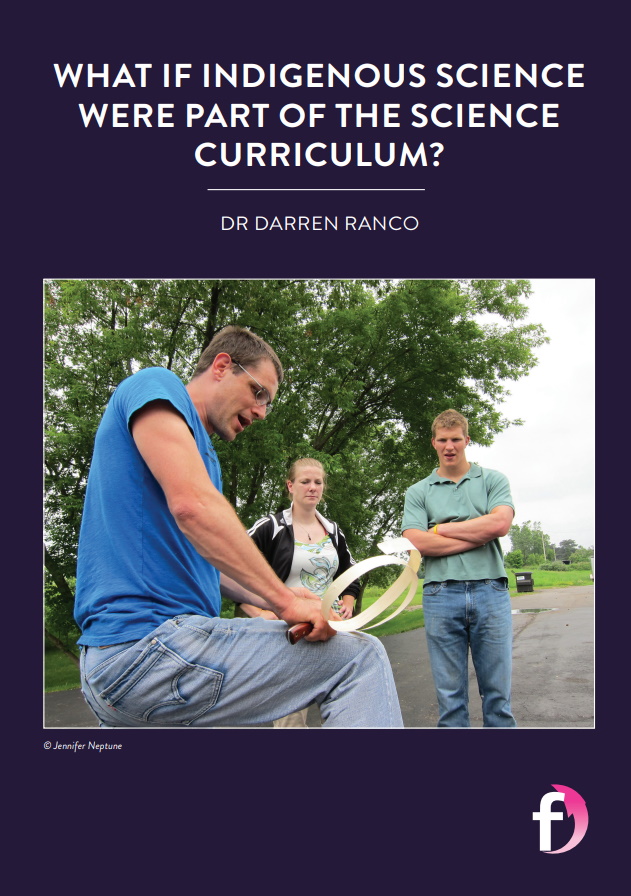

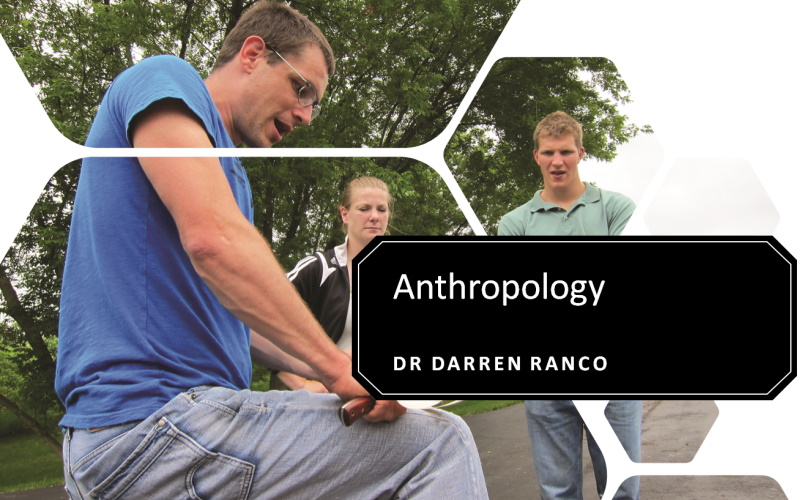




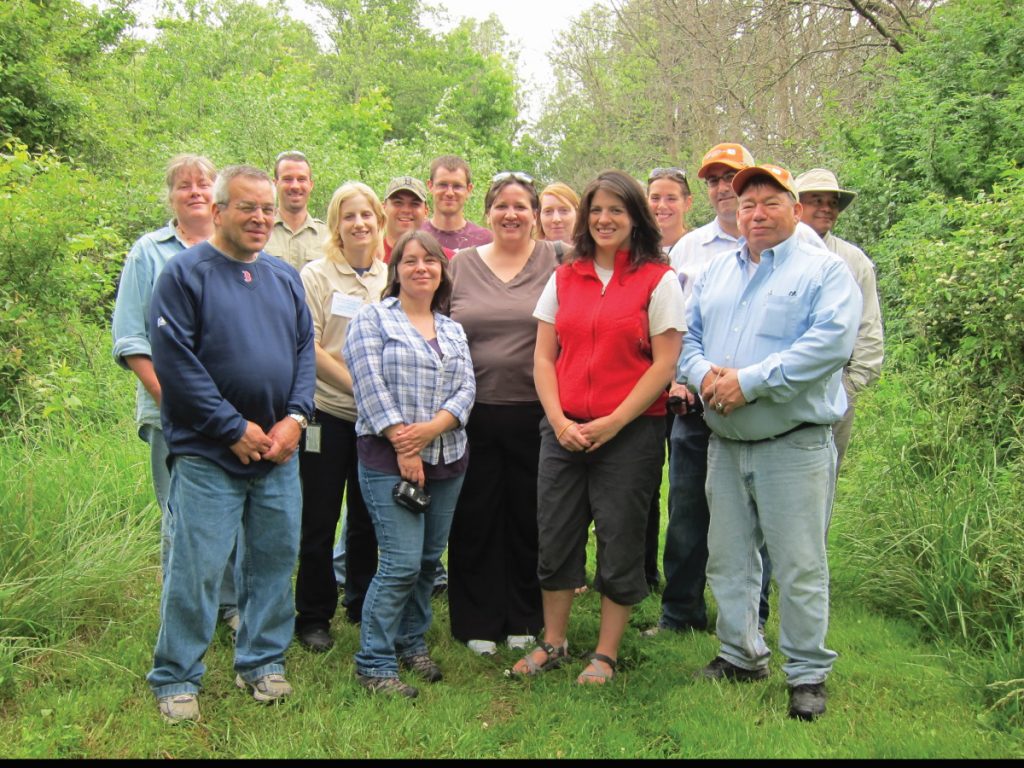
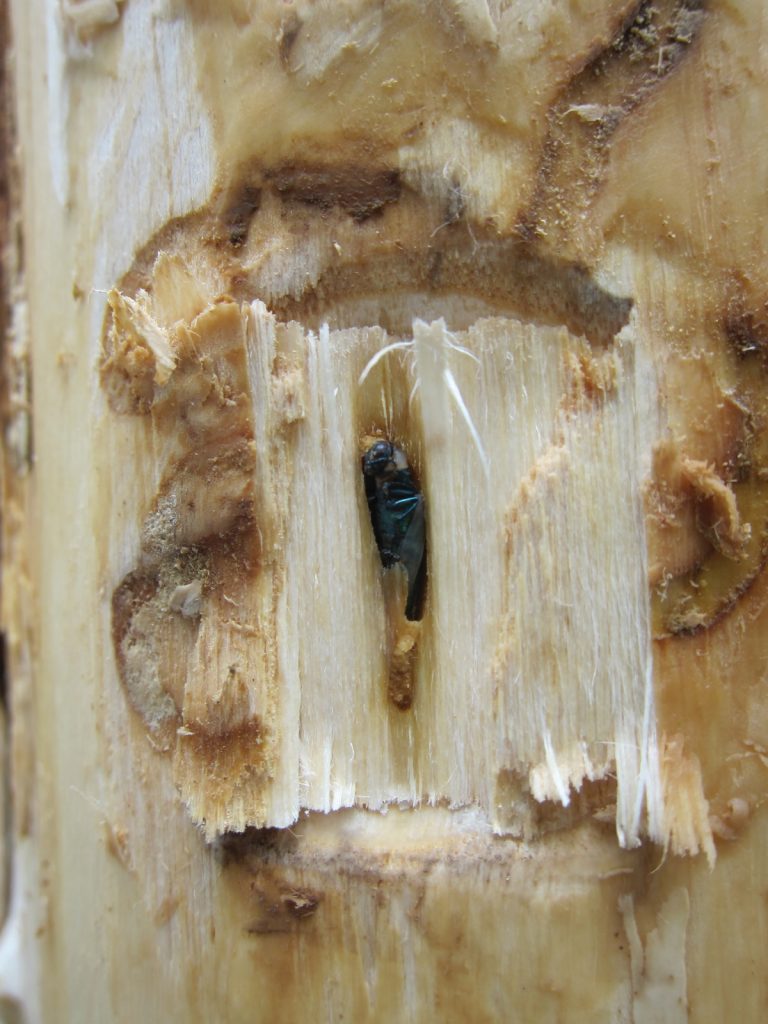
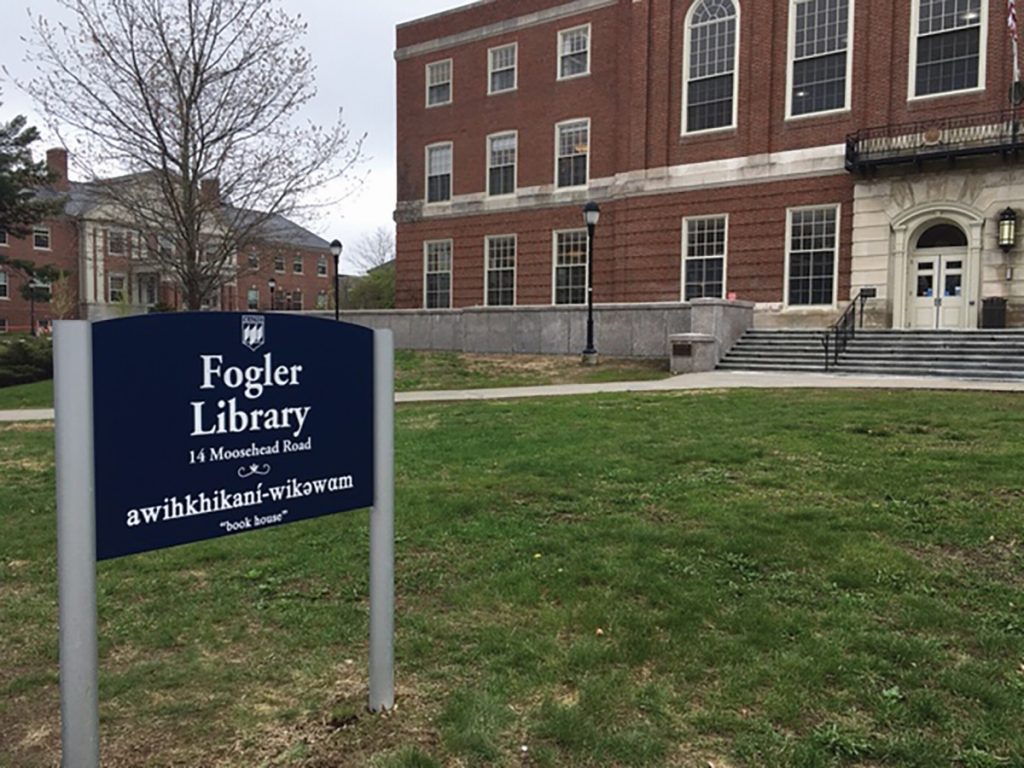

Hello Darren,
My question is: how gender neutral or gender balanced is this area of study? My impression is that it could be very neutral and balanced, however I am interested in your assessment.
Thank you.
Christine,
Thanks for your question! Yes–our programs are inclusive of all genders, and indigenous science traditions also seek that. We tend to have more girls and young women participating in our programs (probably close to 60%).
I hope this helps!
What are examples of indigenous science practices?
Google the following for some ideas:
Hawaiian Ahupua’a
Tahitian Rahui
Indigenous fire stewardship
Thank you for these additional suggested sources Maajer. Very interesting and relevant.
The indigenous people discovered that by chewing or boiling the willow bark alleviates the symptoms of a fever or cold. That’s not indigenous science. That is trial and error which in turn becomes survival skills in the wilderness. They didn’t know that Salicylic acid was the beneficial ingredient. Science, identified the ingredient and reproduced it and improved on it. Trial and error determined which plants were beneficial or edible or toxic. No doubt lives were lost but in doing it did clearly identify which plants to avoid. Trial and error, not science.
Thank you, Roman, for the only sane comment that I found in this thread. People like this Darren Ranco and his ilk demonstrate an extremely poor understanding of what separates “science” from pseudoscience and they are willing to offer a forum in classroom to the most ridiculous ideas vetted by their ideological gobbledygook. According to their logic, the indigenous person who used a bow to hunt a deer ten thousands years ago was doing science complementary to the formulation of the law elasticity by Bob Hooke in the 17th century… It is incredibly frustrating to see how they seem to think that the stone-age nonsense recited by the illiterate elder from some village (akin to the expertise of a passionate astrologist or Tarot reader) should be offered the same appreciation and place in the STEM classroom as modern science. Tomorrow they will tell us that Deepak Chopra’s message should share the podium with Edward Witten’s…